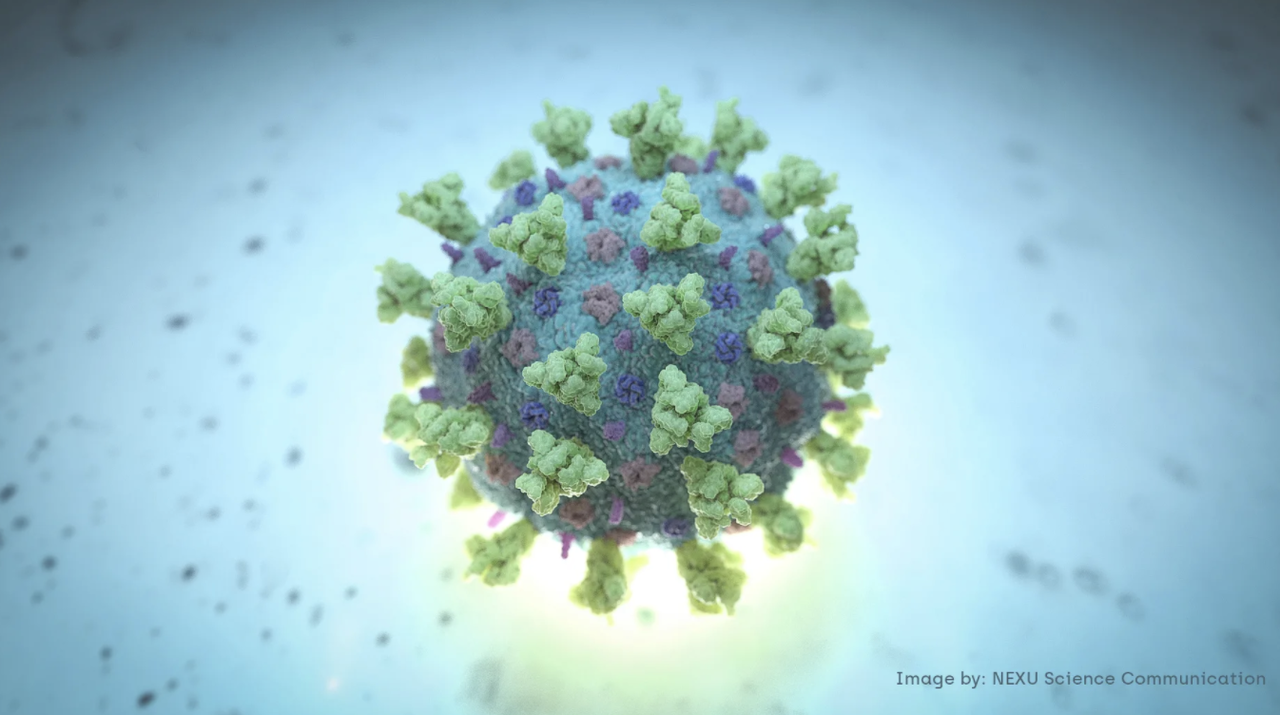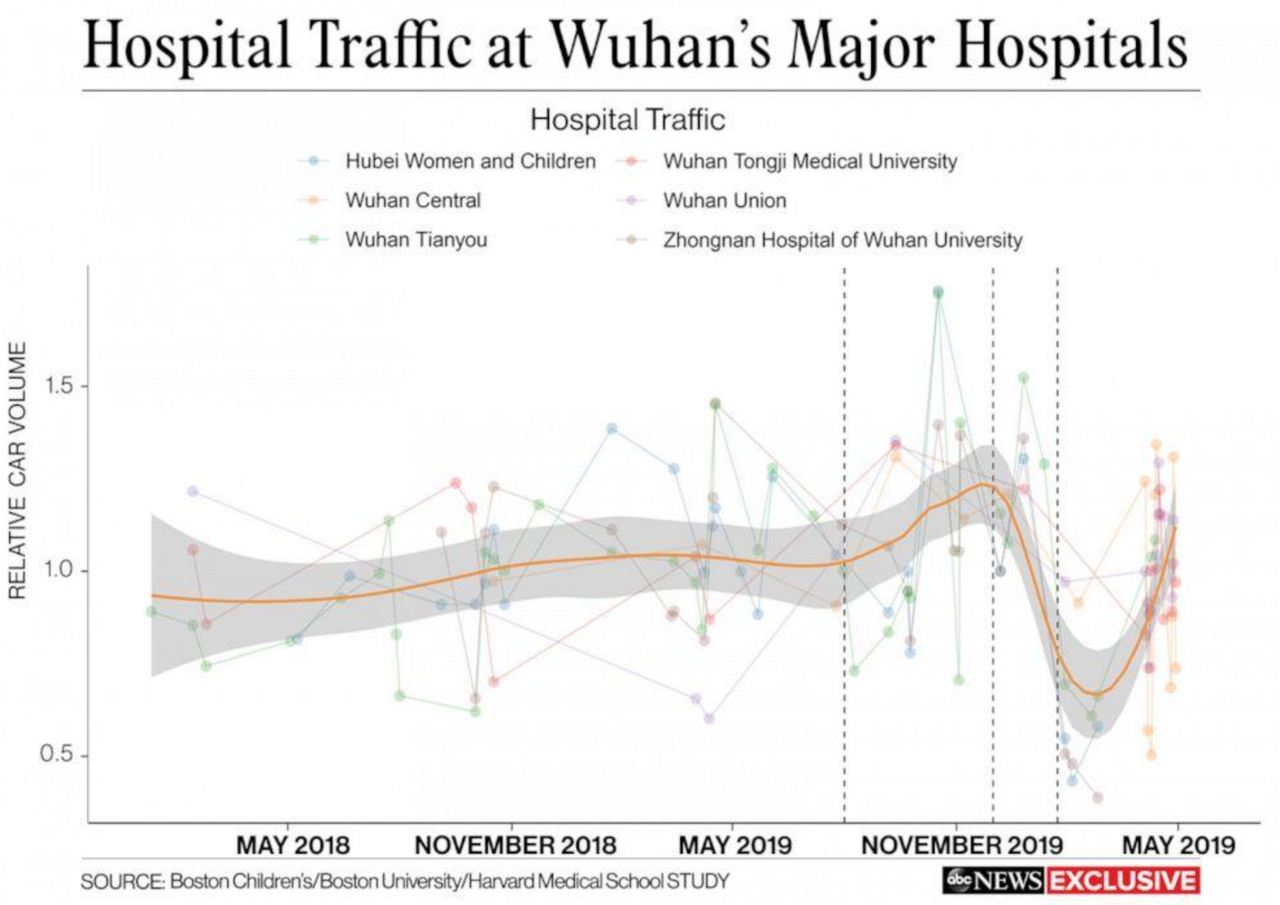More Studies Find Coronavirus Spread In China Much Earlier Than Beijing Admits
Tyler Durden
Sun, 06/21/2020 – 15:45
A study suggesting the coronavirus might have been spreading across Lombardy as early as December, months before the first cases were detected in February, was only the latest in a steady stream of research from around the world finding traces of coronavirus infection and deaths weeks or months earlier than previously known.
And on Sunday, the Nikkei Asian Review added more to this growing body of evidence in a report entitled “Coronavirus likely spread in China last fall, more studies find”. It follows that if the virus appeared abroad earlier than we initially suspected, then maybe it emerged in Wuhan even earlier than Chinese public health officials have let on?
According to Nikkei, the virus likely began spreading in China last fall, according to separate analyses of the virus’s genome conducted by research teams in the UK and elsewhere.
Various studies of viral genetic information have indicated that ongoing person-to-person transmission had begun before the first patient was confirmed in Wuhan on Dec. 8. However, the research offers no clues about where the virusd came from or how it began spreading among the human population in the area, leaving what Nikkei describes as “an even deeper mystery.”
Zero Hedge has shared some theories about the provenance of the outbreak, occasionally eliciting a surprisingly intense response from American tech platforms.
Even before these studies, local officials had admitted, perhaps under pressure from Beijing, that they deliberately kept the outbreak under wraps, shaking international faith in Beijing’s promised transparency. Now, the WHO is supposedly preparing to begin an “independent” investigation into the origins of the outbreak.
This is far from the first piece of evidence suggesting Beijing dragged its feet on alerting the WHO about the outbreak, helping to unleash the greatest pandemic in 100 years on all of humanity. Yet, many American progressives, when confronted with this information, will simply blame President Trump, who now appears to be gloating about deliberately slowing the testing effort.
Of course, they’re not wrong. But China’s plan to hoard supplies while it allowed the virus to simply overwhelm the health-care system in Wuhan sounds far more nefarious.
According to the ‘official’ timeline, the first confirmed patient with pneumonia caused by the coronavirus was identified in Wuhan on Dec. 8. Chinese doctors reported to The Lancet, a leading medical journal in the UK, that this patient began exhibiting symptoms Dec. 1. But whether this was truly the first case has been the subject of intense skepticism.
Researchers at University College London estimate that infections among people began between Oct. 6 and Dec. 11, based on genetic information of the virus drawn from more than 7,500 patients in China, Europe, the US and elsewhere. That’s a fairly wide range, and what’s more, the research suggests the virus spread beyond China fairly early on.
Meanwhile, a separate team at the University of Cambridge estimates that infections spread to people between mid-September and early December, based on a study of some 1,0000 samples of viral genetic material. The research from Cambridge also suggests the virus may not have originated in Wuhan (a notion that we imagine Chinese propagandists will seize on quickly).
The notion that the virus may have been spreading in places like NYC as early as September, October or November is hardly surprising, when once considers just how widespread it was once testing finally ramped up.
The common ancestor to the new coronavirus, which is close to a type found in bats, seems to have originated in China, said Peter Forster, a fellow of the McDonald Institute for Archaeological Research at Cambridge. But this ancestor had been found more often outside of Wuhan, such as much farther south in Guangdong Province, until mid-January.
Generally speaking, this research is consistent with findings by a team from Harvard University, relying on satellite imagery, which found that the usage rate of parking lots at large hospitals in Wuhan increased significantly last August.
There have also been confirmed one-offs, like a man who died in France of a strange pneumonia-causing syndrome back in December. After his death, tissue revealed that he had been infected. But the connection to the broader outbreak is unclear.

